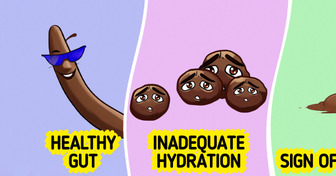12 Real-Life Stories That Could Become Great Movies

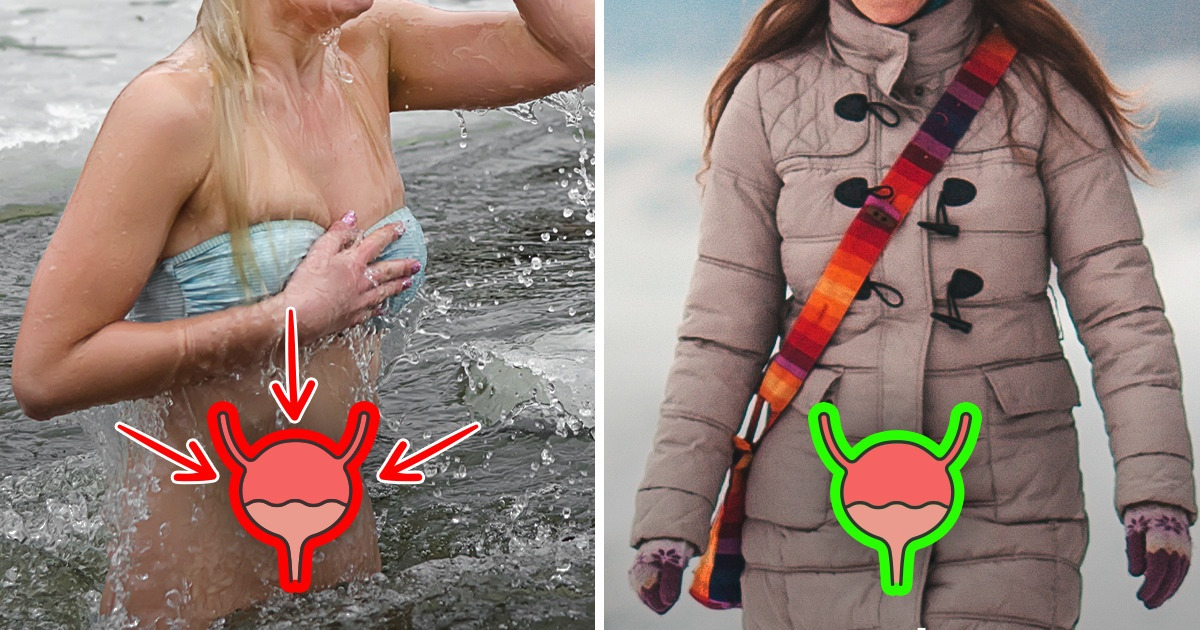
Holding your urine isn’t as dangerous as some people think, as long as you are overall healthy. About 2 cups of urine in your bladder are enough to start making you feel uncomfortable. But, things can be different during the night when you go to bed, since your brain isn’t sending as many signals to your bladder. This means that even if your bladder is almost full, you might not feel the need to pee.
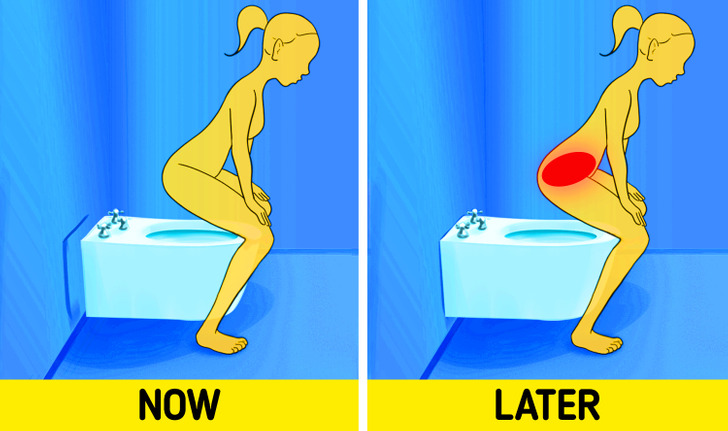
When you hover or squat over the toilet when you pee, you are not using your pelvic muscles in a natural way. So if you use the toilet this way very often, you are, in a way, training your muscles not to relax, and after many years, your bladder can become weaker.
Not only that, but when you squat over the toilet when relieving yourself, your pelvic floor muscles are about 40% tensed and your bladder is not completely relaxed. So when you stand up, you’ll probably have a bit of urine left inside. That residual urine can create bacteria and lead to a higher risk of contracting a urinary tract infection.
A buildup of gas in your intestines can place additional pressure on your bladder. Alleviating this pressure by passing gas may make you feel more comfortable and allow you to hold in urine for longer.
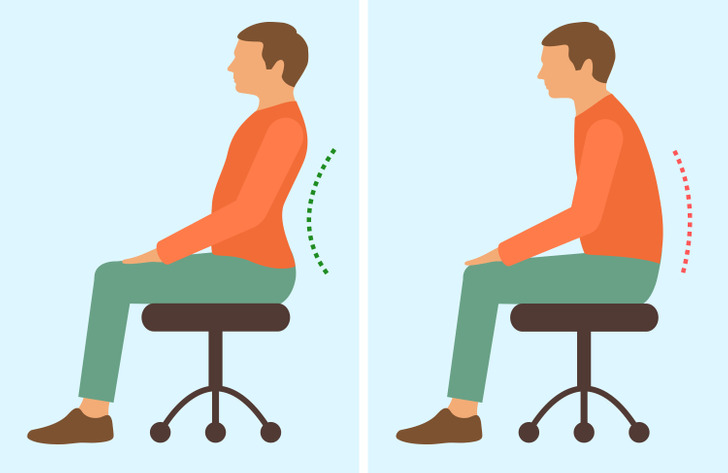
The way you position your body can help you tighten the muscles around your bladder and make you feel like “holding it in” is a possibility. Don’t slouch and sit up straight to relieve some pressure on the bladder. This may reduce the urge of having to pee.
Peeing in the shower turns out to be potentially harmful to women. The key detail is you might not empty your bladder effectively. Dr. Jeffrey-Thomas explains why. According to her, women can’t fully relax the pelvic muscles when they try to urinate in a standing position. Men have a prostate to support their bladder, which means for them, the standing position while urinating is okay.
But women do not have this additional support, so for women, peeing in a standing or hovering position is not natural and causes the bladder to empty at much lower levels than is needed. Hovering over the toilet, similar to standing in the shower, means muscles won’t be relaxed, and the continence mechanism has to, again, be pushed and messed with.
When you’re cold, your body will react to the drop in temperature. One of the consequences is that more pee will be produced. So when you already have the urge to pee, cover yourself up with blankets or turn up the heat.
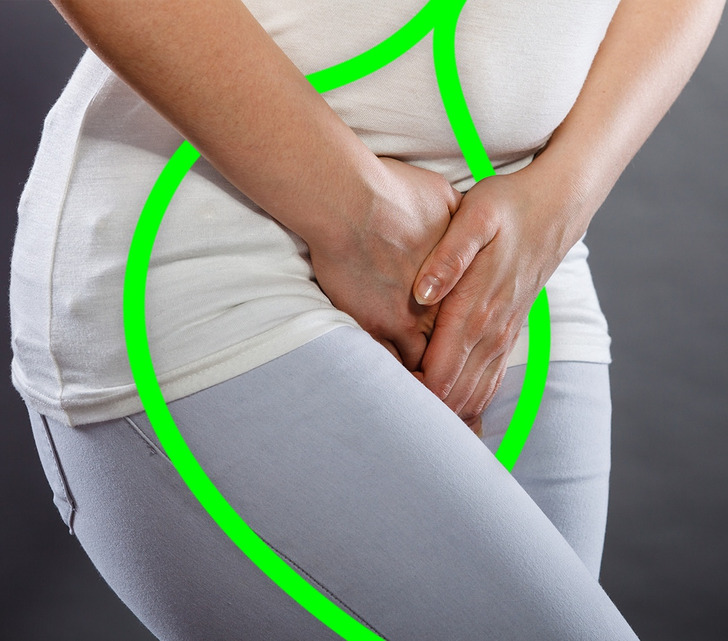
The urethra is the tube that leads your pee out of your body. You can squeeze this tube slightly by crossing your legs. Make sure you cross them while standing since in a seated position, it might only lead to more pressure on the bladder.
The way some artificial sweeteners act is similarly to a diuretic, sending you to the toilet a lot more often. Products like saccharine, acesulfame K, and aspartame may irritate your bladder and have the same effect on it as caffeine. So, if you have issues with incontinence and you consume sweeteners, you might want to reconsider that.

When having a good laugh, your core muscles will tense, putting pressure on your bladder. However, the sphincter muscle, which closes the urethra to prevent leaking, relaxes with this increased pressure and that’s when urination occurs. So you’d better try to avoid giggling when you have the urge to pee!
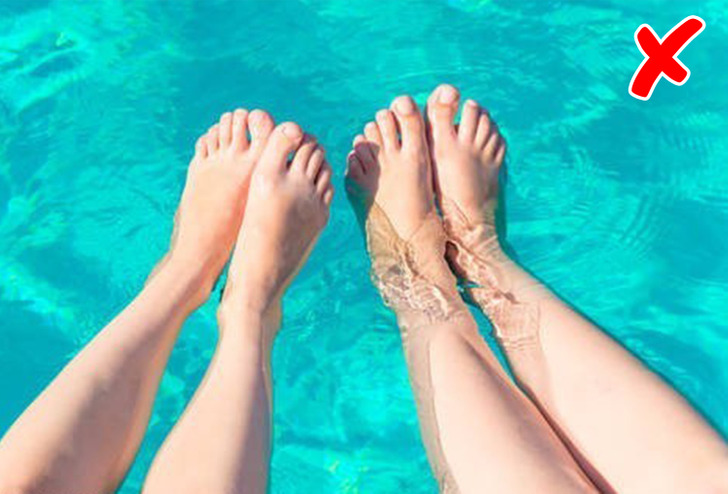
The same phenomenon as explained previously can happen when you’re swimming in cold water. However, we suggest keeping out of the water altogether because when leaving a warm bath, going to a cooler place may suddenly give you an overwhelming desire to pee.
We probably all do it from time to time without paying much attention to the process, but wonder if it’s actually okay. For people who do care about the environment, it’s not only good — it’s absolutely fine for our planet because it saves water that could be used for flushing the toilet.
Besides water conservation, however, people wonder if it’s safe or sanitary, since the shower is a place where you expect to step out cleaner than when you entered. Despite the common belief, urine is not sterile, and here’s one of the several concerns that doctors express about peeing in the shower.
Do you feel like your bladder could use some strengthening or are you one of those people who can hold it for as long as you need?








